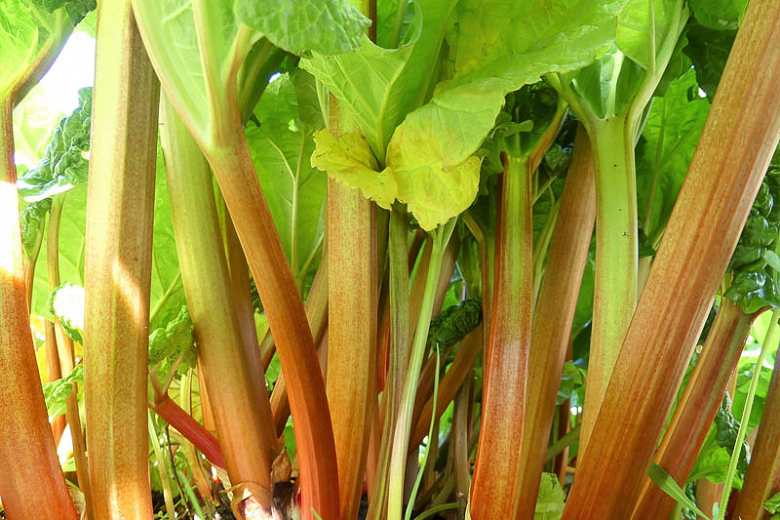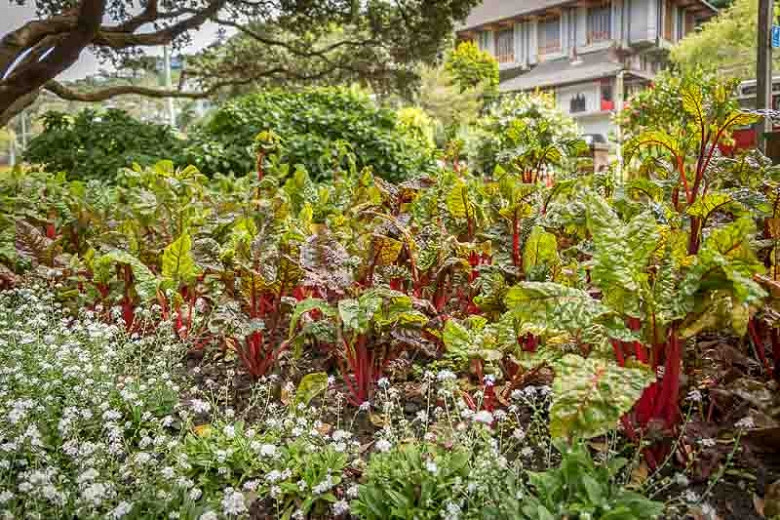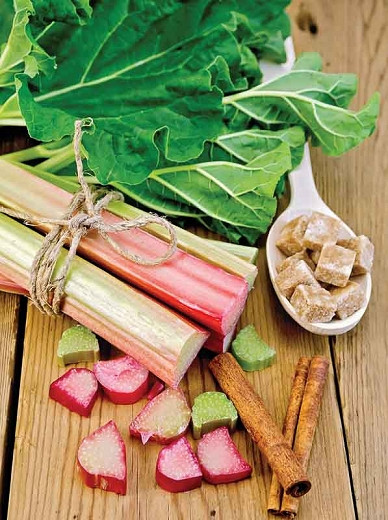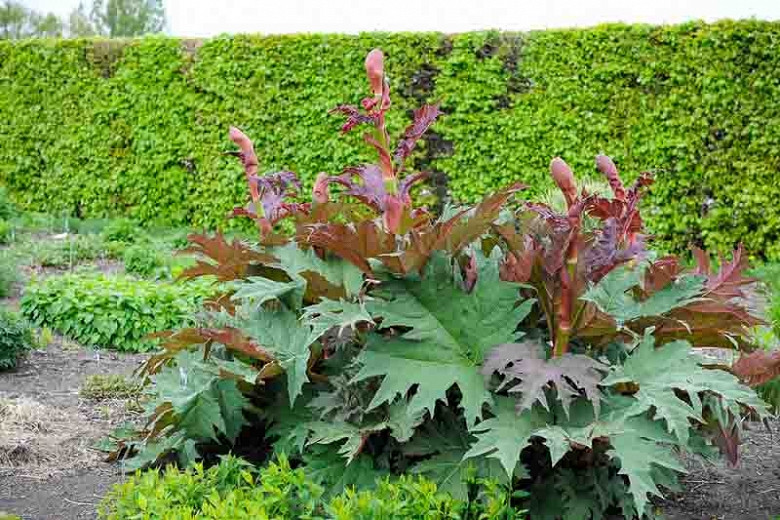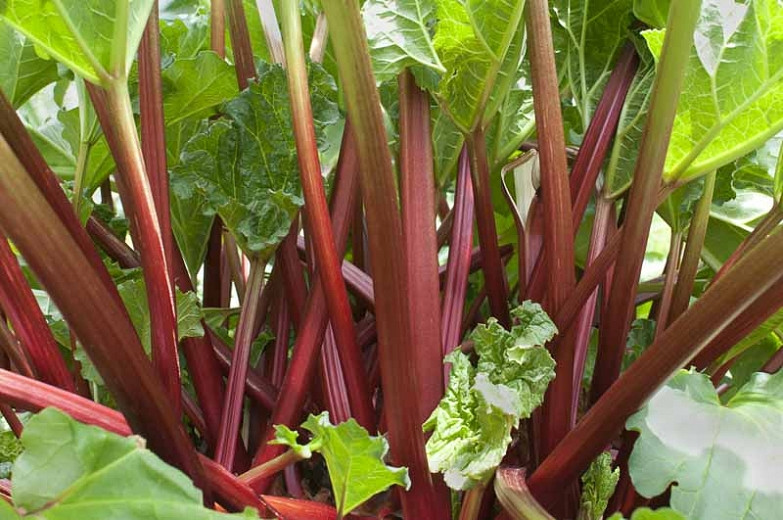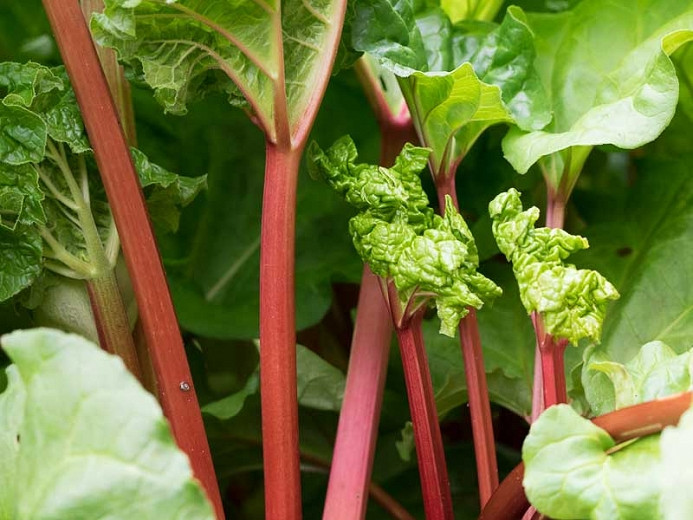Rheum rhabarbarum (Rhubarb)
Rheum rhabarbarum, also known as Rhubarb, is a perennial plant grown for its delicious stalks used in a variety of sweet and savory dishes. Rhubarb is relatively low maintenance and easy to grow, making it a great choice for beginner gardeners or those with limited time.
Rheum rhabarbarum, also known as Rhubarb, is a perennial plant grown for its delicious stalks used in a variety of sweet and savory dishes. Rhubarb is relatively low maintenance and easy to grow, making it a great choice for beginner gardeners or those with limited time. It is also a nutritious addition to your diet since it is a good source of vitamins C and K, fiber, and antioxidants.
What is Rhubarb?
- Rhubarb belongs to the buckwheat family, Polygonaceae, which includes buckwheat and knotweed.
- It is native to Asia but is widely cultivated in temperate regions worldwide.
- This herbaceous perennial typically grows to a height of 2-4 feet (60-120 cm) with a spread of 3-4 feet (90-120 cm).
- It has large, beautiful, triangular to heart-shaped bright green leaves that can add a pop of color to your garden.
- The reddish stalks of the plant are thick and hollow, and range and are often used in cooking, particularly in pies and jams.
- The plant produces large clusters of small, greenish-white flowers held on upright stems above the foliage. They give way to tan-colored seeds.
- The edible portion of the plant is the stalk, harvested in the spring and early summer.
- The leaves of the plant are not edible, as they contain high levels of oxalic acid, which can be toxic if consumed in large quantities.
- Rhubarb is a hardy plant that is well-suited to cool climates and is frost-tolerant.
Health Benefits of Rhubarb
Requirements
| Hardiness | 3 – 8 |
|---|---|
| Climate Zones | 1, 1A, 1B, 2, 2A, 2B, 3, 3A, 3B, 4, 5, 6, 7, 8, 9, 10, 11, 14, 15, 16, 17, 18, 19, 20, 21, 22, 23, 24, A1, A2, A3 |
| Plant Type | Perennials |
| Plant Family | Rheum – Rhubarb |
| Exposure | Full Sun, Partial Sun |
| Season of Interest | Summer (Mid,Late)Fall |
| Height | 2' – 4' (60cm – 120cm) |
| Spread | 3' – 4' (90cm – 120cm) |
| Water Needs | Average |
| Maintenance | Low |
| Soil Type | Chalk, Clay, Loam, Sand |
| Soil pH | Acid, Alkaline, Neutral |
| Soil Drainage | Moist but Well-Drained |
| Characteristics | Showy |
| Tolerance | Rabbit |
| Garden Uses | Beds and Borders |
| Garden Styles | Informal and Cottage |
